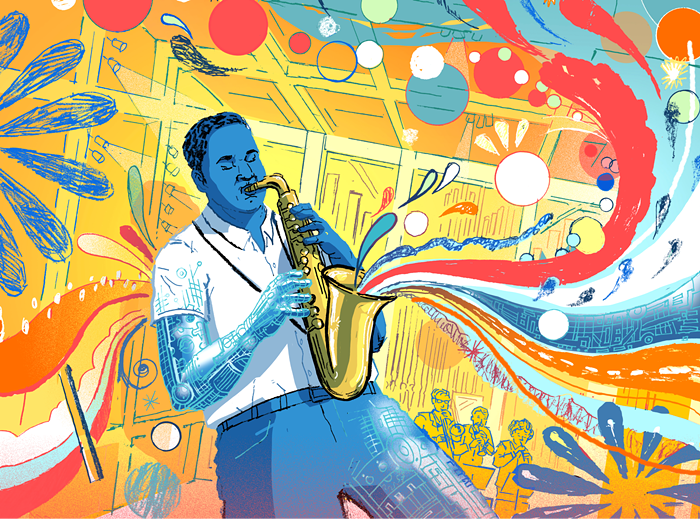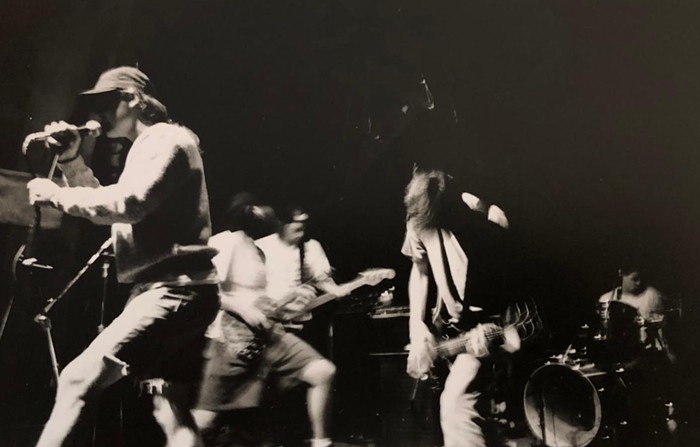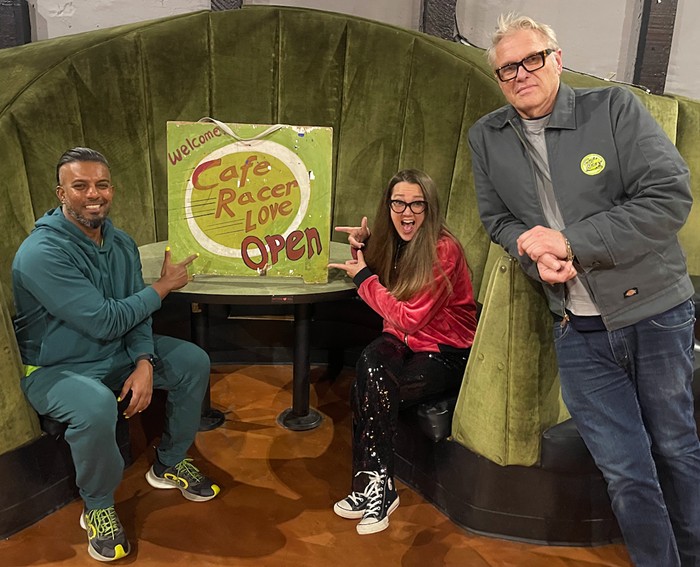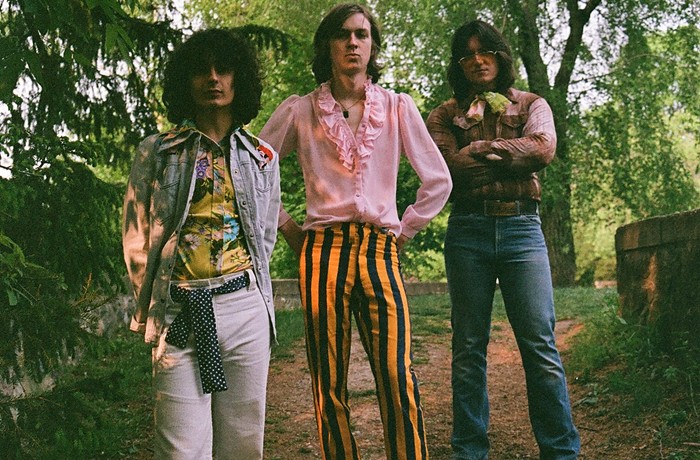Joshua Roman has the bearing of a boy king, the at-attention curly hair of the young Jerry Lee Lewis in action, and a concert coming up. In this concert, he plans to play what for a rock band would be the exhausting equivalent of three albums, but with the added heart-pounding component that each of these three works is technically challenging. Roman is scheduled to perform three concertos, meaning he will have to muster the focus and the stamina to play his single cello head-to-head against the 30 other players of an orchestra. He'll have to do a David and Goliath routine for pretty much two hours straight.
"I was trying to think of something fun to do this summer," Roman says.
It's not just a daredevil move to him. It's a way to emulate a lineage of people who impress him. He got the idea after reading biographies of famous cellists, like Pablo Casals, and occasionally seeing multiple concertos on their programs. In Beethoven's time, for instance, concerts used to go for hours on end and include multiple symphonies and concertos, Roman points out—not like the standard overture-concerto-symphony-still-time-for-drinks affairs of today, which seem meek and almost apologetic in comparison.
But a single artist doing three concertos in one night?
"That's very rare, and always has been," says Northwest Sinfonietta music director Christophe Chagnard, the guy who'll be conducting the orchestra that will be responding to Roman, cooing him and goading him, harmonizing with him and interrogating him.
Roman is young and he's good. That much we've heard before. As dashing as he is, and as the youngest principal player in the current Seattle Symphony Orchestra, he's become a media darling in the less than a year he's been in the city. A solo recital a few months ago at Town Hall was actually sold out. And yes, it was riveting.
Emanating conviction without coming across as showy or egotistic, he makes a perfect ambassador for an art form that's continuously trashed as being old and stodgy and stuck (both when it's deserved and when it's not). And like the best of the young solo artists—Joshua Bell comes to mind—Roman is deeply interested in new music and in the logic of how programs are put together. For that reason, "Three Concertos" is not just any three concertos. True, Haydn, Schumann, and Shostakovich are represented, summoning the tired practice of cherry-picking from each century to program a concert, but in this case, the decision has dramatic merits.
Roman not only will have to play three concertos, he will have to inhabit three eras. It's tough to think of three composers in the canon more diverse than these (Haydn, Schumann, and Babbitt, maybe, but the canon doesn't seem to stretch that far when it comes to real-world performance).
Haydn, that workhorse of the classical era, wrote his second cello concerto in 1783. It is a standard classical work, structured according to the system of theme, development, and recapitulation that ruled the day, but Haydn most likely wrote it for a virtuoso (despite the fact that cello concertos at that time were still relatively rare) who evidently was able to play in the instrument's upper register (despite the fact that the neck of the 18th-century cello was shorter than the neck of the modern instrument).
Then there's the built-in difficulty of the style, since classical-era music is meant to sound effortless. "It's surprisingly hard, and it has to sound easy," Roman says.
That problem would never apply to Schumann, a 19th-century romantic composer who went mad in the end, as he'd feared he would (romanticism and madness have a dangerous relationship), and whose music is emotionally intense for listeners and players. "It takes you on these long lines that are just crazy; they're crazy," Roman says. Plus, "it's awkward stuff," Roman says. "Schumann was not a cellist. It's like carrying a big box around—not difficult, just awkward."
Schumann wrote his Cello Concerto in A minor in 1850, four years before he threw himself into the Rhine and was rescued only to be checked into an asylum, and six years before he died. (He had syphilis.) Its three movements are played without pause, spilling into one another.
Shostakovich lived during the Stalin regime, and his stark, yearning, and sometimes theatrical but also tough and aggressive music has become popular on the classical circuit in recent years. He wrote his Cello Concerto No. 1 in E-flat in 1959 for Mstislav Rostropovich (who died in April), already full up with the horrors of Stalin and the Nazis. Parts of it are satirical, other parts war-like, and in this concerto more than the other two, "it's like the orchestra and the soloist are having a fight," Roman says.
Laying out the concertos in chronological order—Roman and Chagnard also discussed and dismissed concertos by Elgar, Saint-Saëns, and Boccherini, and Tchaikovsky's Rococo Variations—has a narrative effect that leaves the listener with a portrait of musical thinking that also reflects the philosophies of the centuries and our position toward them. After all, if Roman is to be king, he means to be philosopher, not tyrant.
"In all three, there's a thing that has to be reconciled in the end," Roman says. "In the Haydn, it resolves beautifully. In the Schumann, it does resolve, but you're not totally happy about it, it doesn't feel settled. And in the Shostakovich in the 20th century, it doesn't really resolve at all." ![]()



















